Every dog and cat deserves a safe, private retreat where they can feel comfortable, especially when traveling. Willingly riding in crates and carriers opens the world to pets, so turn that enclosure into a place where your pet always feels at home.
Crate training a puppy or kitten can will take weeks, but it will benefit you and your dog or cat when it's time to leave the house for a trip. You'll want to incentivize the kennel with treats and make it a cozy place to rest. Then, you can start by closing the door with cat or dog inside for short intervals, even taking some time to carry it around your house.
The benefits of crate training? Your pet has another safe place in the house and it makes your life easier when it's time to travel.
Here are eight tips for getting your pet accustomed to his cozy home:
1. Make the Crate Familiar
Through experience, many dogs and cats may learn to fear a carrier or crate. Counteract that fear by making the crate a part of the furniture—literally. Put it in the living room or where the pet likes to hang out. Take the door off or simply leave it open. For cats, set it on a table or some other elevated spot (cats love heights!) and cover all but the opening with a towel or blanket to make an irresistible kitty cave. Some dogs also prefer a covering over the wire crates for a denlike feel.
2. Create a Happy Place
Place a snuggly pet blanket inside. Spritz the blanket with a pet pheromone product (Adaptil for dogs, Feliway for cats) that helps reduce fear in dogs and identifies a safe territory for cats. Create positive associations with the crate or carrier by feeding your pet inside of it. If she feels reluctant, just set the bowl nearby.
3. Close the Door
Don't shut your cat or dog inside a crate or carrier until she goes in and out on her own for at least a week. Wait until your pet is inside munching, playing, or resting, and close the door for only 30 seconds. Drop treats inside from the top to reinforce the idea that good things happen when the door shuts. Toss another treat in front of the crate to encourage your pet to come out. Let her choose to go back in or not. Repetition turns something strange into a normal occurrence so it's no longer scary. Find times to shut the door intermittently—for 10 seconds, 30 seconds, and sometimes not at all–over the next several days.
4. Toss in a Toy
A much-loved squeaky toy may be just the ticket for getting your pooch to step inside her crate. Cats love batting around a table tennis ball inside a hard crate. Catnip may also relax kitty inhibitions. Still, cautious kitties may take a week or more to stick their nose inside to investigate. Don't force your pet; allow her to explore on her own timeline. Some may never accept a carrier as a "happy place" but can at least learn to tolerate it without fear.
5. Offer a Special Treat
For treat-motivated pets, offer smelly snacks they only get while inside the crate or carrier. Fill a Kong toy with a soft treat for dogs or cats. Show it to your pet or smear the treat onto the back of the crate. Let her smell and taste the treat. Then toss the Kong inside and shut the door-with the pet on the outside. Once your pet has begged to get in the crate, let her inside to enjoy the Kong for five minutes with the door shut.
6. Crate Training Schedule
After you've shut the door on your cat or dog several times a day for a couple of weeks, extend the time inside to five minutes, and then 10 minutes, and so on. Mix up the amount of time. Continue to sprinkle treats into the enclosure every so often when your pet is inside. Hide fun toys or other surprises for her to discover when the door stays open. Caution: Don't put toys in a crate if your dog is likely to chew them up and ingest any of the pieces.
7. Name the Action
Dogs and cats know many more words than they've been taught, just by hearing and associating a term with something they like or dislike. My Karma-Kat and Bravo-Dawg both know the meaning of the word "treat" and come running anytime they hear it. Why not name your carrier activities? When you see your pet enter, say "crate" or "kennel up" or something similar, and deliver a favorite treat. Doing this consistently helps pets associate the word with the action. In other words, ask your pet to enter the enclosure and reward the desired behavior. With time you should be able to say the word and your cat or dog will run to the carrier.
8. Get into Travel Mode
When a carrier is the preferred enclosure for your small dog or cat, continue your training by picking up the carrier while the pet rests inside. (Hold the carrier in your arms as if it were a fragile gift rather than by the handle.) Carry her around the house before letting her out in the same place as before. Help your pet learn that sometimes the carrier moves, but it always remains a safe, fun place. By increasing your pet's time spent in the carrier or crate in small increments, you can gradually get her used to a previously scary situation. Then it's easier when carrier eventually travels to the vet clinic, hotel, or Grandma's house. Start getting your pet ready for any necessary travel or confinement at least three weeks ahead of the date. That way, she'll be prepared, happy, and calm when her home away from home becomes her mode of travel.

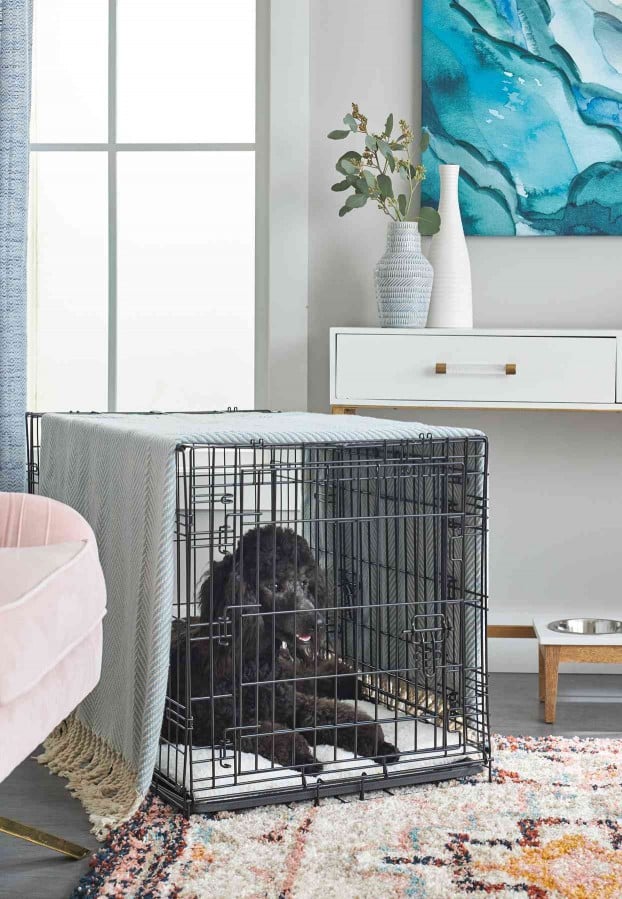
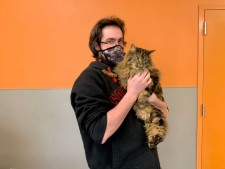
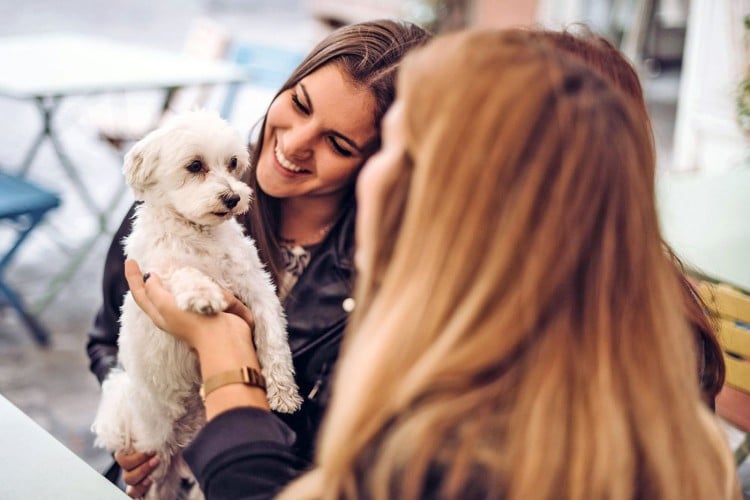
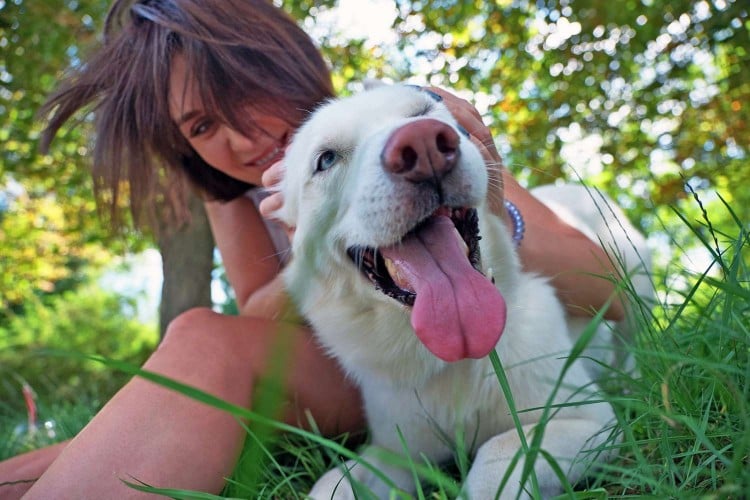


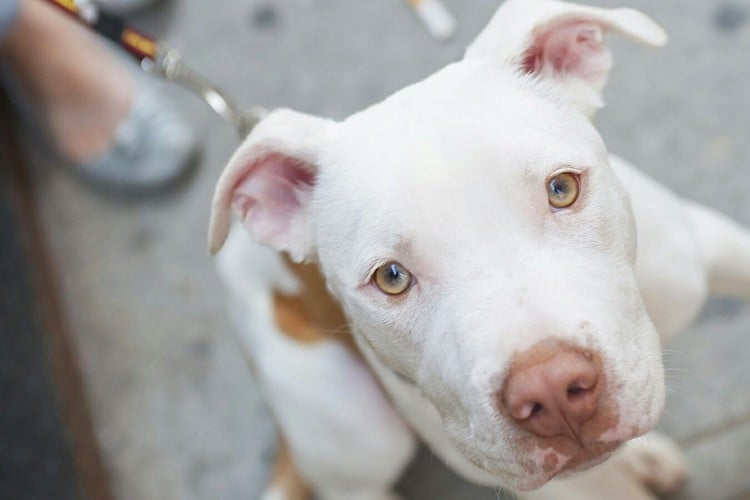


Comments on " 8 Secrets to Crate Training Your Dog or Cat" :